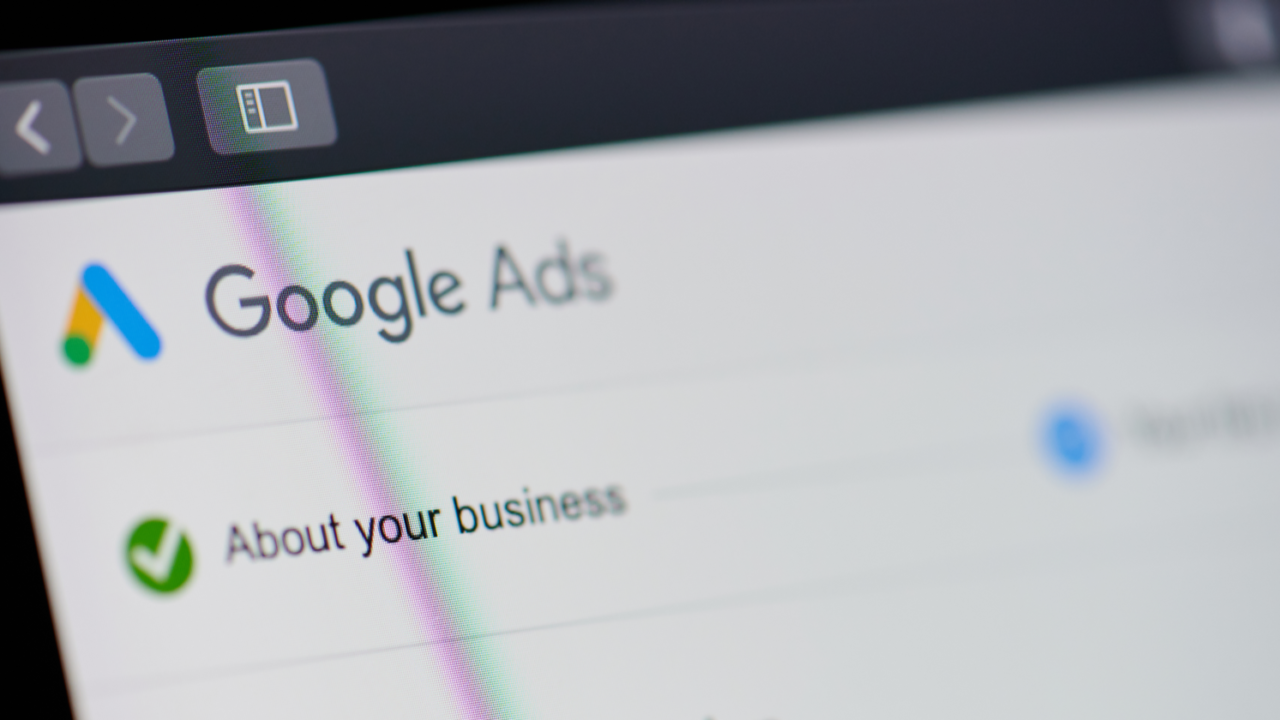
6 Ways To Improve Your Google Ads Campaign
Google Ads Campaign
With so many moving parts in an average Google Ads campaign, it’s not surprising that many marketing campaigns are either running at a loss, or suffer significantly reduced their ROI, due to poor optimisation.
When it comes to campaign optimisation, which it’s important to get the basics right – i.e. creating a super-strong relationship between the target keyword/audience, ad copy/creative and landing page – there are still many other elements and Google Ads features that can be overlooked. To help improve your Google Ads ROI, you can read below the best ways to optimise your Google Ads digital campaigns.
Ways to improve Google Ads Campaigns:
Target your competition
In the last two years, Google has limited the use of branded keywords in the ad copy. This means that the chances for you to display ads in searches that target your competitors have dramatically decreased.
However, not all hope is lost. Google Ads campaigns still allows targeting keywords related to your competitor’s services or products. As such, while you can’t use a trademark in your ad’s copy, nothing prevents you from bidding on a competitor’s name.
Don’t be afraid of exact match keywords
Before 2018, exact match keywords only allowed advertisers to target a specific keyword and its common misspellings. Nothing less and nothing more than that. This has changed, however, and now, exact keyword targeting also includes synonyms, omitted functional words, and paraphrases.
If you’re already using exact match keywords in your Google PPC digital ads, chances are your ads are displaying for more queries than you might expect. If so, make sure to review all search terms in your Google Ads account to reduce irrelevant and costly impressions. As some of your targeted keywords might have become redundant.
Don’t also forget to add negative keywords when appropriate. This will also help you optimize your Google PPC campaigns and avoid displaying your ads in searches that are not relevant. To manage negative keywords more conveniently, you can also consider leveraging negative keyword lists.
Craft a high-quality copy
Google has made several revisions over the years to grant you extra space to expand your Google Ads campaign. As per recent changes, your ads can now include a third headline and a second description that goes up to 90 characters. The use of expanded ads is not mandatory, of course, but why not use the extra space?
If you’re struggling to get the perfect headline-content combo, consider trying Responsive Search Ads. These ads allow you to mix and match up multiple headlines and descriptions to help you determine which combination performs best.
Use Dynamic Search Ads
Another way to expand your Google Ads campaign is by implementing Dynamic Search Ads. This type of ad campaign uses the content of your website to target your ads to the right audiences.
Dynamic Search Ad headlines and landing pages can generate by using details and images from your website. This is a great strategy, especially for advertisers who already have a well-developed website or online inventory.
Implement remarketing campaigns
Let’s face it; high click-through rates don’t always result in high conversion rates. While it’s nice to believe that every user who lands on your website will end up making a purchase, it’s also unrealistic. The truth is, only 2% of leads will convert the first time they visit a website.
An efficient way of driving engaged users back to your products or services is by running remarketing campaigns through Google Ads. This will allow you to include a tracking pixel on your page and define that segment of your audience that had engaged with your brand before. But left without reaching the end of your funnel.
Improve your quality score
All the ads in a PPC campaign are ranked based on their quality score. This score ranges from one to 10 and is determined based on three primary factors: ad relevance, landing page experience, and expected click-through rate.
Make sure to pay attention to all of these factors when planning your PPC digital campaigns.


